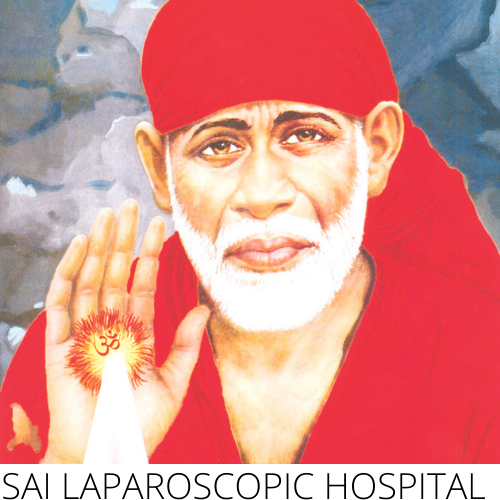LAVH
LAVH
Laparoscopically Assisted Vaginal Hysterectomy (LAVH) is a surgical procedure using a laparoscope to guide the removal of the uterus and/or Fallopian tubes and ovaries through the vagina (birth canal).
(A different procedure, called a laparoscopic hysterectomy, is entirely performed using a laparoscope and other instruments inserted through tiny abdominal incisions, and the uterus, fallopian tubes etc. are removed in tiny portions.)

Before the Procedure
You do not qualify for LAVH if you have advanced cancer. Your physician will also conduct a full physical exam—including blood, Pap smear and imaging tests.
Always tell your health care provider or nurse what drugs you are taking, even drugs, supplements, or herbs you bought without a prescription.
During the days before the surgery:
- You may be asked to stop taking aspirin, ibuprofen (Advil, Motrin), warfarin (Coumadin), and any other drugs that make it hard for your blood to clot.
- Ask your health care provider which drugs you should still take on the day of your surgery.
On the day of your surgery:
- You very often will be asked not to drink or eat anything for 6 – 12 hours before the surgery.
Take the drugs your health care provider told you to take with a small sip of water. Your health care provider or nurse will tell you when to arrive at the hospital
Laparoscopically assisted Vaginal Hysterectomy (LAVH)
LAVH combines laparoscopy and hysterectomy. Laparoscopy is used to look into the abdomen at the reproductive organs. Hysterectomy is surgery to remove the uterus.
The uterus can be removed in two ways. When it is removed through a large cut (incision) in the abdomen, the procedure is called an abdominal hysterectomy (the past).
Today, LAVH involves the use of a small, telescope-like device called a laparoscope. The laparoscope is inserted into the abdomen through a small cut. It brings light into the abdomen so that your doctor can see inside. Tiny instruments are also inserted to perform the procedure. Ligaments that support the uterus are cut with these instruments, and the uterus is removed vaginally.
The benefits of LAVH include a short post-operative recovery time, which can be as little as a few hours after the surgery, to a day or two depending on your condition. Also, many patients can return to work and normal activities within 1 to 2 weeks. Most patients appreciate that LAVH has better cosmetic results, with only tiny scars.
Recovery
Recovery from laparoscopic surgery is significantly faster and less painful than recovery from traditional surgery. After LAVH, you will no longer have any vaginal bleeding. There will be no hormonal changes when the ovaries are preserved. Most women say that sex is unchanged, or even improves because of the elimination of bleeding and pain. You may experience some vaginal dryness, which can be treated with estrogen cream and lubricants. You will be taken to the recovery room and monitored for a short time before going to the observation unit.
Depending on the length of your surgery, you may not be able to eat or drink anything until the next morning or you will be started on a liquid diet. When you are feeling better you may return to a regular diet.
You may have cramping, feel bloated, or shoulder pain.
You may have a scratchy or sore throat from the tube used for your anesthesia.
You will:
- Be given medications for pain and nausea if needed.
- Have the tube in your bladder removed in recovery room.
- Have the compression stockings on your legs to improve circulation.
- Be restarted on your routine medications.
- Be given a small plastic device at your bedside to help expand your lungs after surgery.
- Start walking as soon as possible after the surgery to help healing and recovery.
- Stay in the hospital 23 hours.
Risks
Although there can be problems that result from surgery, we work very hard to make sure it is as safe as possible. However, problems can occur, even when things go as planned. You should be aware of these possible problems, how often they happen, and what will be done to correct them.
Possible risks during surgery include:
- Bleeding
- Conversion to an open surgery requiring an up and down or Bikini incision.
- Damage to the bladder, ureters and to the bowel
- Blood clot in the legs or lungs
- Bowel obstruction
- Hernia
- Incision opens Infection
- Scar tissue
BETTER HEALTH CARE IS OUR MISSION
24/7 SERVICE. SAME DAY APPOINTMENTS ARE AVAILABLE.
9437306780/9861065328
health@sailaphospital.com
V4/3, Civil Township,Rourkela-04 769004
